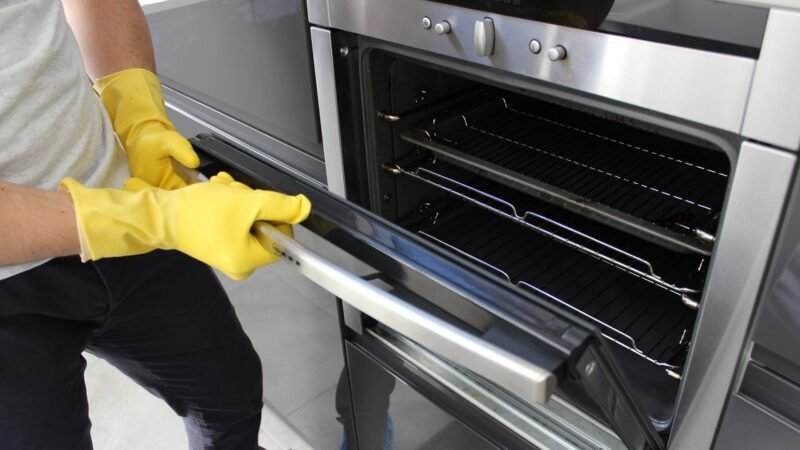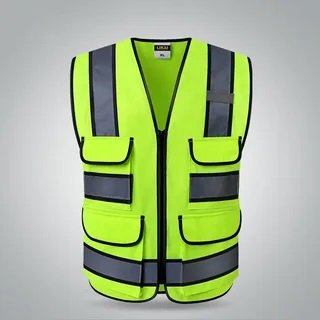In the realm of industrial machinery, efficiency is paramount. Every component plays a crucial role…
Choosing the Right Hydraulic Hose Couplings: Tips and Tricks
In the intricate world of hydraulic systems, every component plays a crucial role in ensuring smooth operation and efficiency. Among these components, hydraulic hose couplings stand out as critical connectors that link various parts of the system together. However, with a plethora of options available in the market, selecting the right hydraulic hose coupling can be a daunting task. To simplify this process, let’s explore some essential tips and tricks to help you make an informed decision.
Understanding Your Application Requirements
The first step in choosing the right hydraulic hose coupling is to understand the specific requirements of your application. Consider factors such as operating pressure, temperature, flow rate, and compatibility with fluids. Different applications demand different types of couplings, so having a clear understanding of your system’s needs is paramount.
Assessing Material Compatibility
Hydraulic systems often deal with a variety of fluids, including oils, chemicals, and water. It’s crucial to ensure that the materials used in the hose coupling are compatible with the fluids being conveyed. Incompatible materials can lead to corrosion, leaks, and, ultimately, system failure. Be sure to consult with your supplier to determine the best material options for your application.
Choosing the Right Coupling Style
Hydraulic hose couplings come in various styles, each designed for specific applications and environments. Common types include screw-to-connect, push-to-connect, and quick-disconnect couplings. Consider factors such as ease of installation, durability, and maintenance requirements when choosing the right style for your system. Additionally, factors like vibration, pressure spikes, and the potential for accidental disconnection should also be taken into account.
Ensuring Proper Size and Configuration
Selecting the correct size and configuration of hydraulic hose couplings is crucial for optimal performance and safety. An improperly sized coupling can lead to leaks, pressure drops, and potential hazards. Take into account factors such as hose diameter, thread size, and connection type to ensure a proper fit. It’s advisable to consult with a hydraulic specialist or refer to manufacturer guidelines to determine the appropriate size and configuration for your application.
Considering Environmental Factors
Hydraulic systems are often subjected to harsh environmental conditions, including extreme temperatures, moisture, chemicals, and abrasion. When selecting hose couplings, consider environmental factors such as temperature range, UV resistance, chemical compatibility, and abrasion resistance. Choosing couplings with appropriate protective coatings or seals can help enhance durability and longevity, especially in challenging operating environments.
Conclusion
Choosing the right hydraulic hose couplings is essential for ensuring the reliability, efficiency, and safety of your hydraulic system. By understanding your application requirements, assessing material compatibility, selecting the appropriate coupling style, ensuring proper size and configuration, and considering environmental factors, you can make informed decisions that meet the unique needs of your system. Remember to consult with experienced professionals and reputable suppliers to guide you through the selection process and ensure optimal performance and reliability in your hydraulic applications. Austfluid Link Asia Pacific is here to support you in this journey. With their extensive range of high-quality hydraulic hose couplings and expert guidance, they ensure that you make the right choices for your system.













